Biomass Power Generation
Biomass power generation uses biological materials (called biomass) such as waste or residue from logging or
agriculture as fuel to generate electricity.
RENOVA uses wood chips from domestic unused timber or forest residue, as well as wood pellets and palm kernel
shells (PKS) from overseas as biomass fuel.
-
Characteristic of Biomass Power Generation
Through photosynthesis, chloroplasts of plants absorb carbon dioxide (CO2) from the air and utilize it to grow the plant’s body. Consequently, power generation fueled by biomass is regarded as carbon neutral as it only releases carbon dioxide that was absorbed during the plant’s growth. Using biomass fuels as an alternative to fossil fuels enables power generation to reduce CO2 emissions globally and consequently to contribute to the prevention of global warming. Utilizing domestic biomass resources also contributes to revitalizing the domestic economy through the creation of new business fields and the provision of employment opportunities to the local community. These opportunities include not only power plant operation jobs but also harvesting and collecting biomass from forests and transporting biomass to power stations.
-
Mechanism of Biomass Power Generation
Biomass Power Generation that RENOVA develops and operates is categorized as thermal power generation. In other words, by burning biomass fuel, it produces high-temperature and high-pressurized steam that rotates turbines to generate electricity. Consequently, biomass power generation can serve as a baseload electricity source, as it is controllable and is not affected by weather and/or atmospheric conditions.
Biomass Power Plants
-
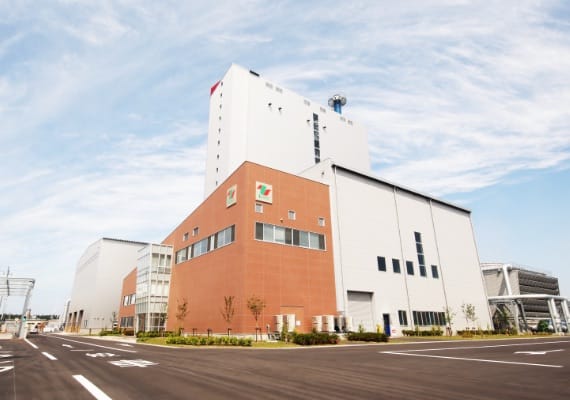 Akita Biomass[in operation]Akita-shi, Akita Prefecture, Japan
Akita Biomass[in operation]Akita-shi, Akita Prefecture, Japan -
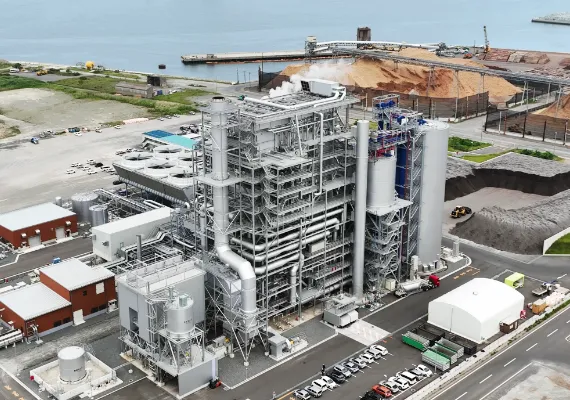 Ishinomaki Hibarino Biomass[in operation]Ishinomaki-shi, Miyagi Prefecture, Japan
Ishinomaki Hibarino Biomass[in operation]Ishinomaki-shi, Miyagi Prefecture, Japan -
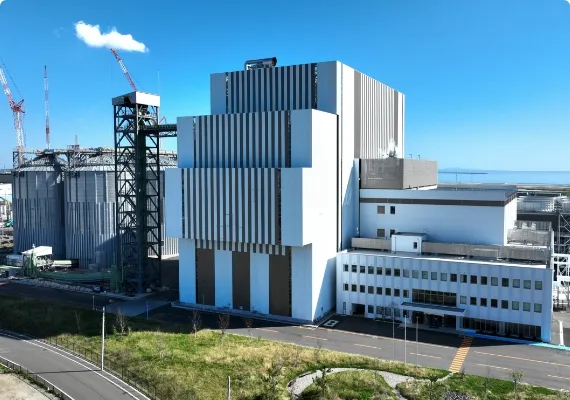 Sendai Gamo Biomass[in operation]Sendai-shi, Miyagi Prefecture, Japan
Sendai Gamo Biomass[in operation]Sendai-shi, Miyagi Prefecture, Japan -
 Omaezakikou Biomass [under construction]Omaezaki-shi and Makinohara-shi, Shizuoka Prefecture, Japan
Omaezakikou Biomass [under construction]Omaezaki-shi and Makinohara-shi, Shizuoka Prefecture, Japan -
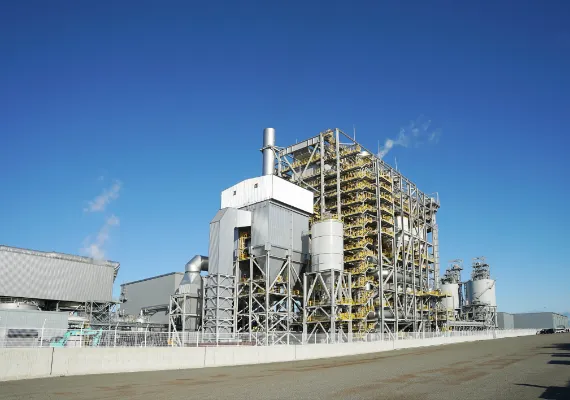 Tokushima Tsuda Biomass[in operation]Tokushima-shi, Tokushima Prefecture, Japan
Tokushima Tsuda Biomass[in operation]Tokushima-shi, Tokushima Prefecture, Japan -
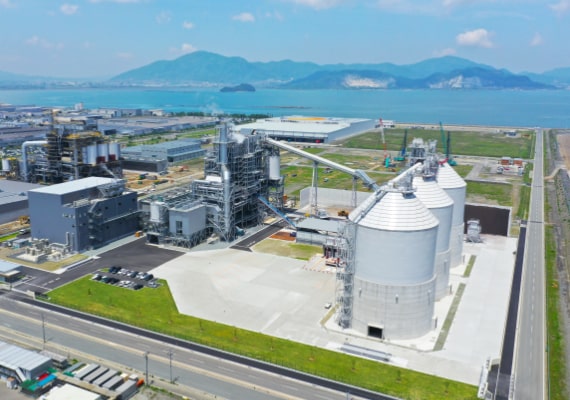 Kanda Biomass[in operation]Kanda-machi, Miyako-gun, Fukuoka Prefecture, Japan
Kanda Biomass[in operation]Kanda-machi, Miyako-gun, Fukuoka Prefecture, Japan -
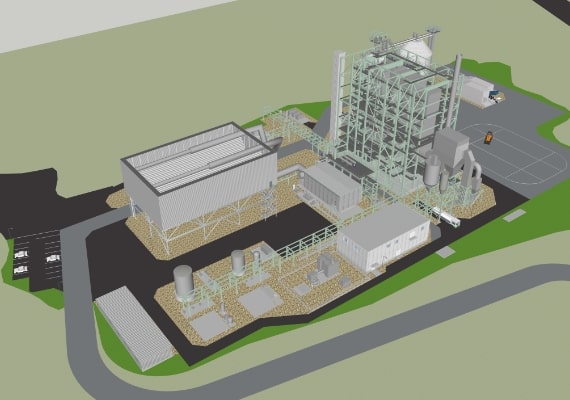 Karatsu Biomass[under construction]Karatsu-shi, Saga Prefecture, Japan
Karatsu Biomass[under construction]Karatsu-shi, Saga Prefecture, Japan
